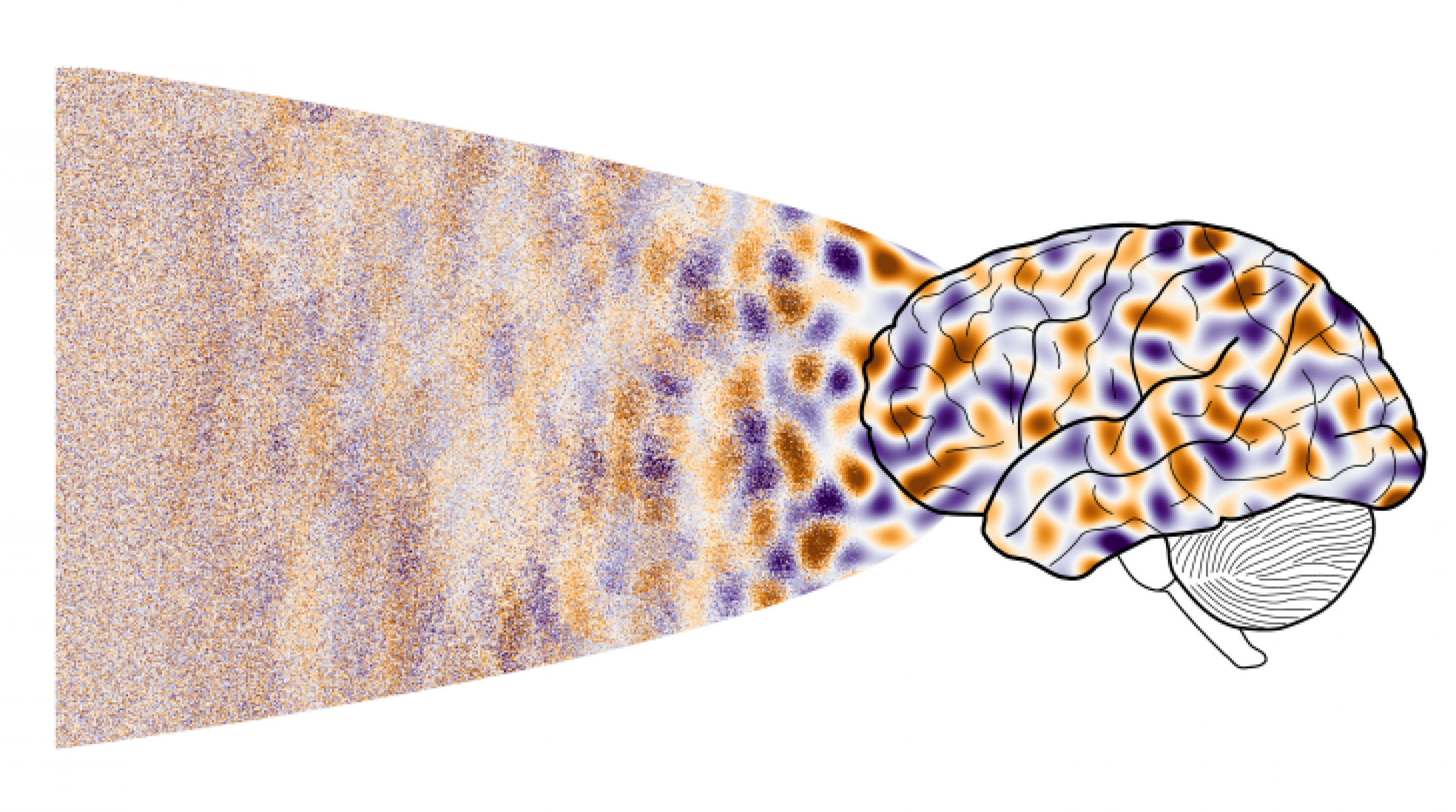May 23, 2024
Like ripples in the sand: the young cerebral cortex forms spontaneous patterns
International research team demonstrates ability for self-organisation in brain development.
The cortex allows us humans to think, perceive our environment and act purposefully. Certain patterns of brain activity enable this; they emerge early in brain development through dynamic processes of self-organisation. This is shown by researchers from the University of Minnesota (UoM) and the Frankfurt Institute for Advanced Studies (FIAS) in a study published in Nature Communications. They found that the networks of the young cortex convert unstructured input into highly organised activity patterns. The organisation of these patterns is therefore not determined externally (e.g. by sensory input), but arises through interaction between the nerve cells and follows dynamic laws.
The international research team's findings confirm a decades-old theoretical hypothesis of brain development. ‘Our results suggest that brain activity in the early cerebral cortex is self-organised,’ explains FIAS Senior Fellow Matthias Kaschube. Neighbouring nerve cells activate each other, while more distant groups of them are suppressed. This spontaneously leads to the formation of regular patterns of brain activity, and the brain uses such patterns later in development to process sensory stimuli.
“What makes this transformation so important is that it appears to occur entirely within the cortex itself", adds Gordon Smith (UoM Medical School). The cortex can apparently organise its own function during development.
In a self-organising system, even simple interactions generate complex organisation. Examples are wave patterns on sand dunes, dot patterns on some fish, spiral nebulae of the Milky Way or flocks of birds. By closely linking theory and experiment, the research team was able to show that similar mathematical rules that apply to the patterns in a variety of living and non-living systems also control the development of the brain.
The research team used optical instruments developed at the UoM that directly visualise how the large-scale structure of developing brain activity emerges from the networks themselves. Kaschube analysed this data at FIAS and compared it with the predictions of mathematical models of the self-organisation of brain activity.
The researchers are currently investigating how changes in these self-organised neuronal activity patterns at the beginning of development affect later sensory perception.
Publication: Haleigh N. Mulholland, Matthias Kaschube* and Gordon B. Smith* (*shared equally), Self-organisation of modular activity in immature cortical networks. Nat Commun 15, 4145 (2024). https://doi.org/10.1038/s41467-024-48341-x
